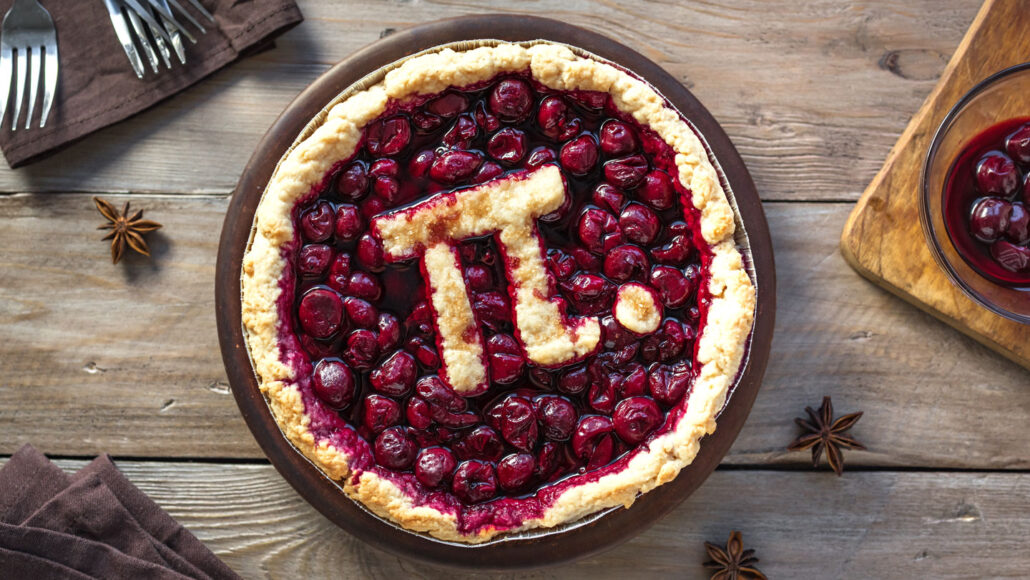HOME
Let’s learn about pi

March 14 is right around the corner, and math geeks know what that means. It’s almost Pi Day. Not Pie Day — although Pi Day is a good excuse to eat circular treats. This holiday honors one of math’s most famous constants: pi.
The number pi, or π, is a ratio. It’s equal to the circumference of a circle divided by the circle’s diameter. That comes out to about 3.14159. This is true for circles of all sizes, from pennies to pizzas to planets. Pi’s value is often rounded to 3.14. That’s why Pi Day is celebrated on March 14, or 3/14. It’s also why one Earth-sized planet orbiting another star every 3.14 days is nicknamed “Pi Earth.”
But the exact value of pi is actually impossible to write out. Last year, a powerful computer calculated pi to a record-breaking 62.8 trillion digits. And in 2005, one 23-year-old used clever mental tricks to recite nearly 68,000 of those digits from memory. No one, though, will ever get to the end of pi. That’s because the string of digits after the decimal place goes on forever without repeating. This makes pi an irrational number.
Historians aren’t sure when people first discovered the concept of pi. But it’s been known in some form for almost 4,000 years. Ancient Greeks and Babylonians knew estimates of it. The Egyptians may have used pi to build the pyramids. And still today, pi is used in just about all math involving circles. It helps engineers plot the orbits of satellites. Physicists use it to understand particle smashups inside the loop of the Large Hadron Collider. Pi also helps describe other kinds of curves, such as light waves and sound waves.
News Source